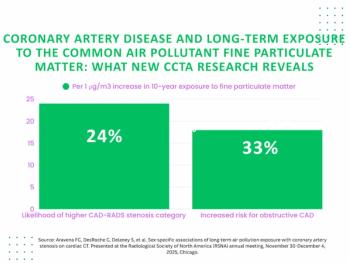
MRI Finds Brain Iron Level Differences in Children with ADHD
Magnetic resonance imaging may be a promising way to detect lower levels of iron in the brain, helping determine which children have ADHD.
Magnetic resonance imaging may help detect lower brain iron levels among children with attention deficit hyperactivity disorder (ADHD), according to a study published in the journal
Researchers from the Medical University of South Carolina and New York University School of Medicine performed a prospective study designed to assess brain iron levels among children with ADHD.
“Much debate and concern has emerged regarding the continual rise of ADHD diagnosis in the U.S. given that two-thirds of those diagnosed receive psychostimulant medications,” co-author Vitria Adisetiyo, PhD, said in a release. “We wanted to see if we could identify brain iron as a potential noninvasive biomarker for medication-naïve ADHD to prevent misdiagnosis.”
Twenty-two children and adolescents with ADHD, 12 of whom were medication-naïve, and 27 healthy children and adolescents were enrolled in the study. All subjects aged in range from 8 to 18. All underwent MR imaging and serum iron measures were also collected.
Results showed that the medication-naïve subjects with ADHD “had significantly lower striatal and thalamic MFC [magnetic field correlation] indexes of brain iron than did control subjects and psychostimulant-medicated subjects with ADHD.” Both the control group and the medicated ADHD group had comparable MFC indexes. Blood serum levels were similar among all subjects.
“Our research suggests that iron absorption into the brain may be abnormal in ADHD given that atypical brain iron levels are found even when blood iron levels in the body are normal,” Adisetiyo said.
Newsletter
Stay at the forefront of radiology with the Diagnostic Imaging newsletter, delivering the latest news, clinical insights, and imaging advancements for today’s radiologists.




























